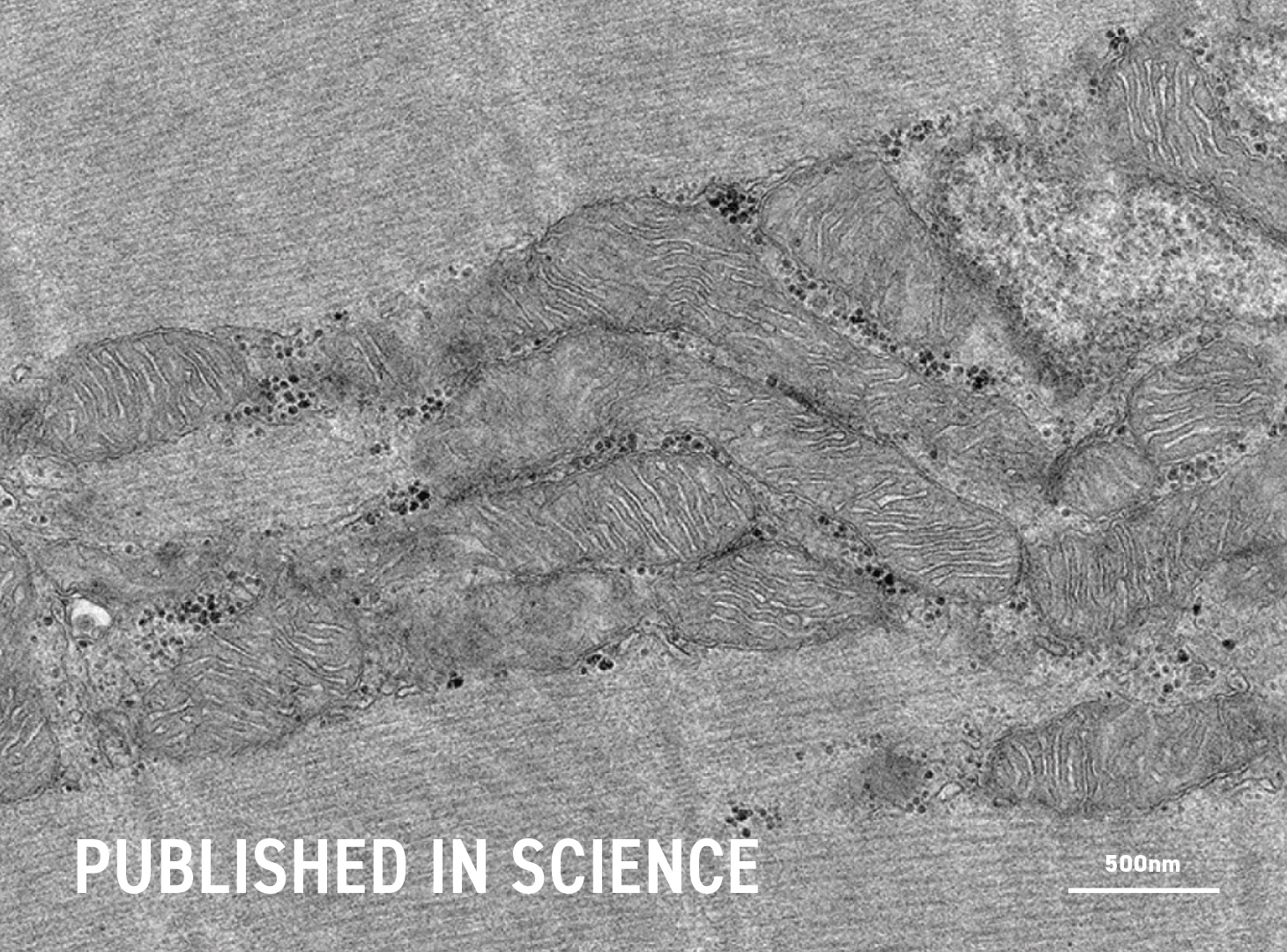Heart attack is a leading cause of hospitalisation and death in Australia, claiming on average 21 lives every day. Every year, 57,000 Australians suffer a heart attack. $680 million is spent on health care services related to patients admitted to hospital for heart attacks, with several times this in productivity losses.
Despite advances in treatments, death rates among people aged 65 or older who survive a heart attack are still not good. If you survive a heart attack, fibrous scar tissue forms in place of the damaged heart muscle. This scar tissue can’t contract and reduces the heart’s ability to pump, potentially leading to congestive heart failure, where everyday activities become extremely difficult.
Our human hearts don’t naturally repair themselves after being damaged. Zebrafish on the other hand, efficiently regenerate damaged heart muscle. If we could harness this regenerative capacity, we could have an effective treatment for heart attacks.
Researchers at the Victor Chang Cardiac Research Institute, led by Dr Kazu Kikuchi and colleagues at the Garvan Institute of Medical Research, discovered that a specific protein called Krüppel-like factor 1 (Klf1) become active when the fish heart muscle is damaged. Mature muscle cells can’t divide to make more muscle cells. However, Klf1 alters the mature heart muscle cells and helps to return them to an earlier stage of development where they can then divide to make new heart muscle cells. This process switches itself off again when the heart has fully healed.
Humans also have a version of the Klf1 protein. If that could be activated after a heart attack, it may be able to trigger regeneration of human heart muscle. Understanding how Klf1 is controlled in zebrafish and in humans will be vital to see if such treatments could become a reality.
Transmission electron microscopy at the Microscopy Australia facility at UNSW Sydney helped the researchers to make this discovery.

Transmission electron micrograph of normal zebrafish muscle.
Improved treatment for heart attacks will:
M. Ogawa et al., Science 2021
DOI: 10.1126/science.abe2762
January 24, 2022